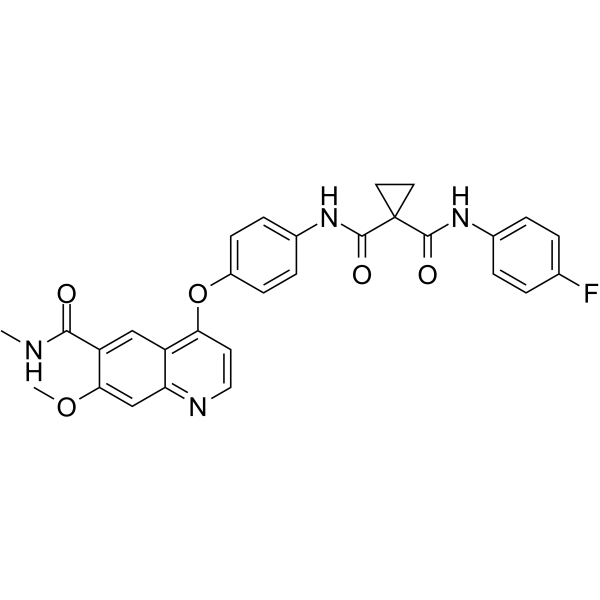TAM Receptor
TAM receptors (Tyro3, Axl, and Mer) belong to a family of receptor tyrosine kinases that have important effects on hemostasis and inflammation. TAM receptors affect cell proliferation, survival, adhesion, and migration. TAM receptors can be activated by the vitamin K-dependent proteins Gas6 and protein S. Protein S is more commonly known as an important cofactor for protein C as well as a direct inhibitor of multiple coagulation factors.
The TAM receptors-Tyro3, Axl, and Mer-comprise a unique family of receptor tyrosine kinases, in that as a group they play no essential role in embryonic development. TAM receptor signaling plays an especially important role in the engulfment and phagocytic clearance of apoptotic cells (ACs) and membranes in adult tissues.
Targets for TAM Receptor
Products for TAM Receptor
- Cat.No. Product Name Information
-
GC10408
2-D08
Sumoylation inhibitor
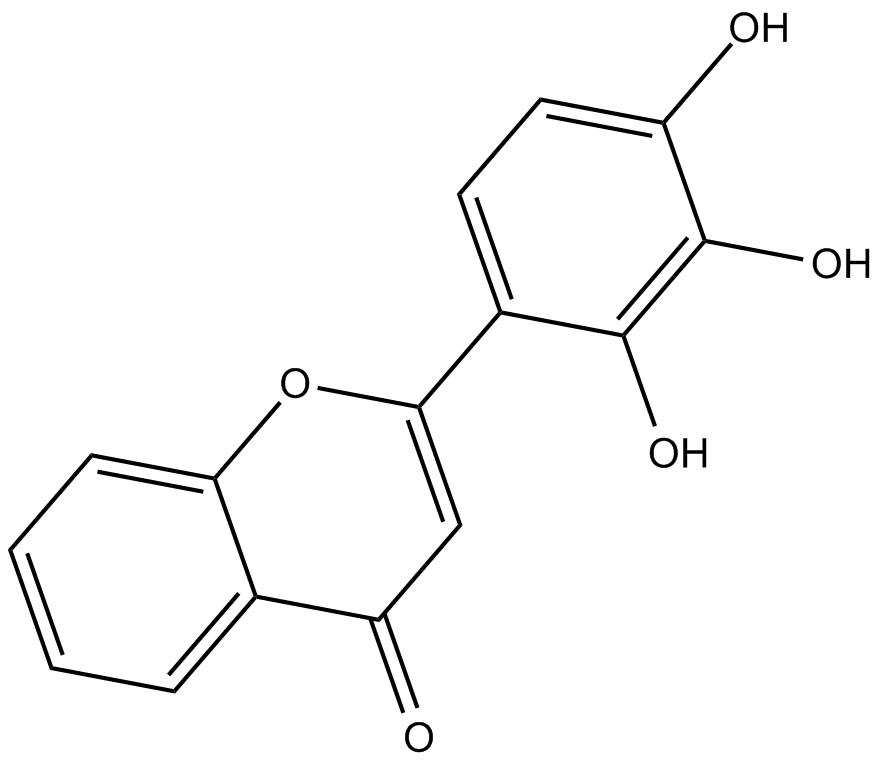
-
GC64071
AZ14145845
AZ14145845 is a highly selective type I1/2 dual Mer/Axl kinase inhibitor with in vivo efficacy.
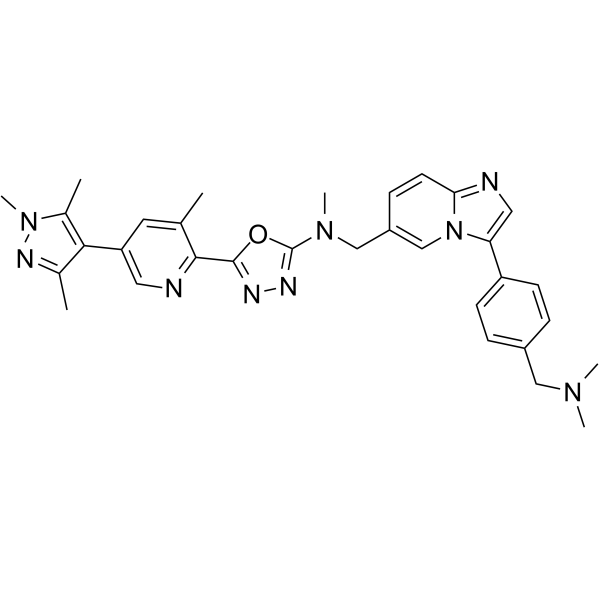
-
GC14214
BMS-777607
BMS-777607 is a pan-TAM inhibitor, which shows anti-tumor activity to different types of cancer.
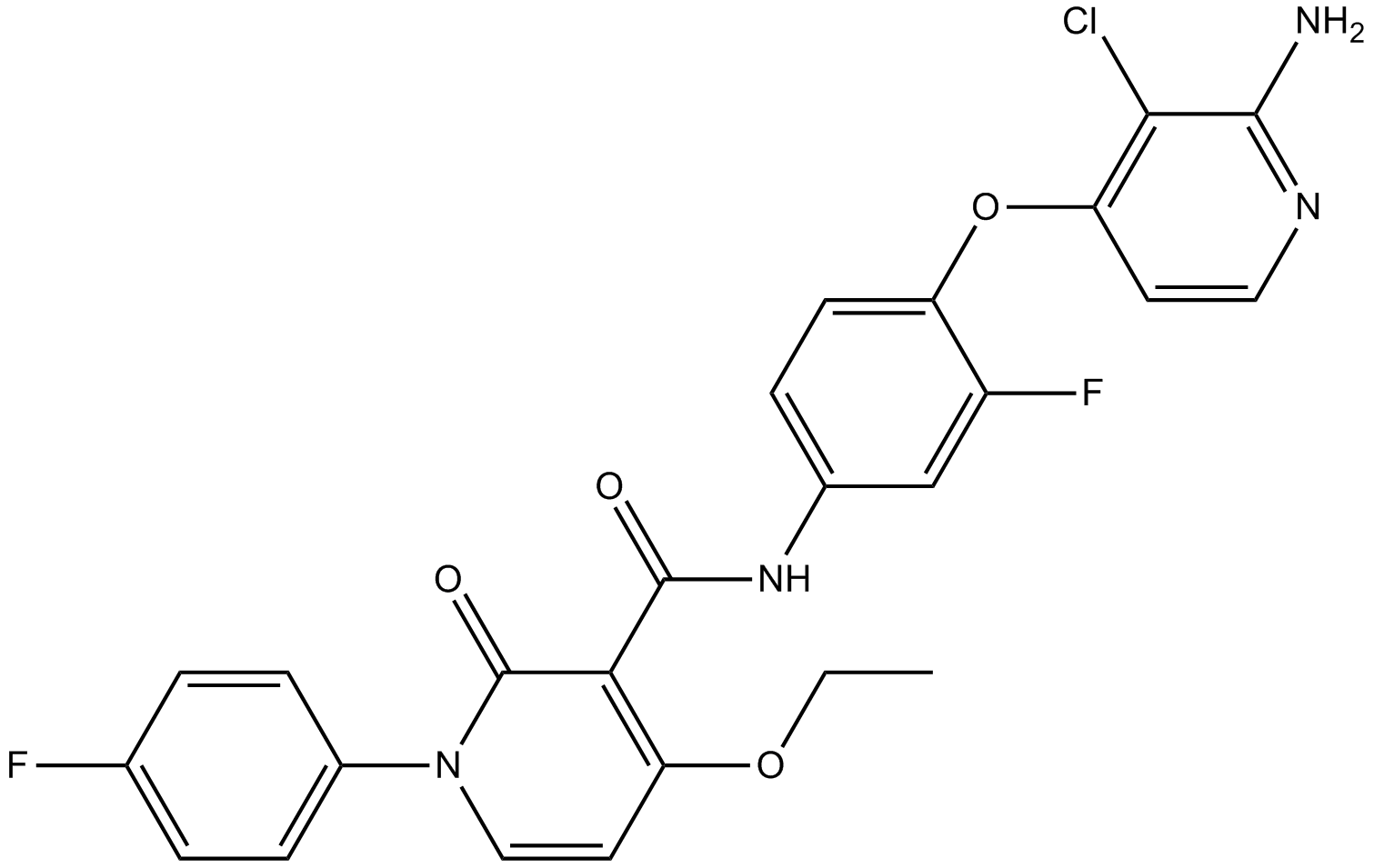
-
GC15779
Cabozantinib (XL184, BMS-907351)
Cabozantinib (XL184, BMS-907351) is a potent and orally active inhibitor of VEGFR2 and MET, with IC50 values of 0.035, and 1.3 nM, respectively. Cabozantinib (XL184, BMS-907351) displays strong inhibition of KIT, RET, AXL, TIE2, and FLT3 (IC50=4.6, 5.2, 7, 14.3, and 11.3 nM, respectively). Cabozantinib (XL184, BMS-907351) shows antiangiogenic activity. Cabozantinib (XL184, BMS-907351) disrupts tumor vasculature and promotes tumor and endothelial cell apoptosis.
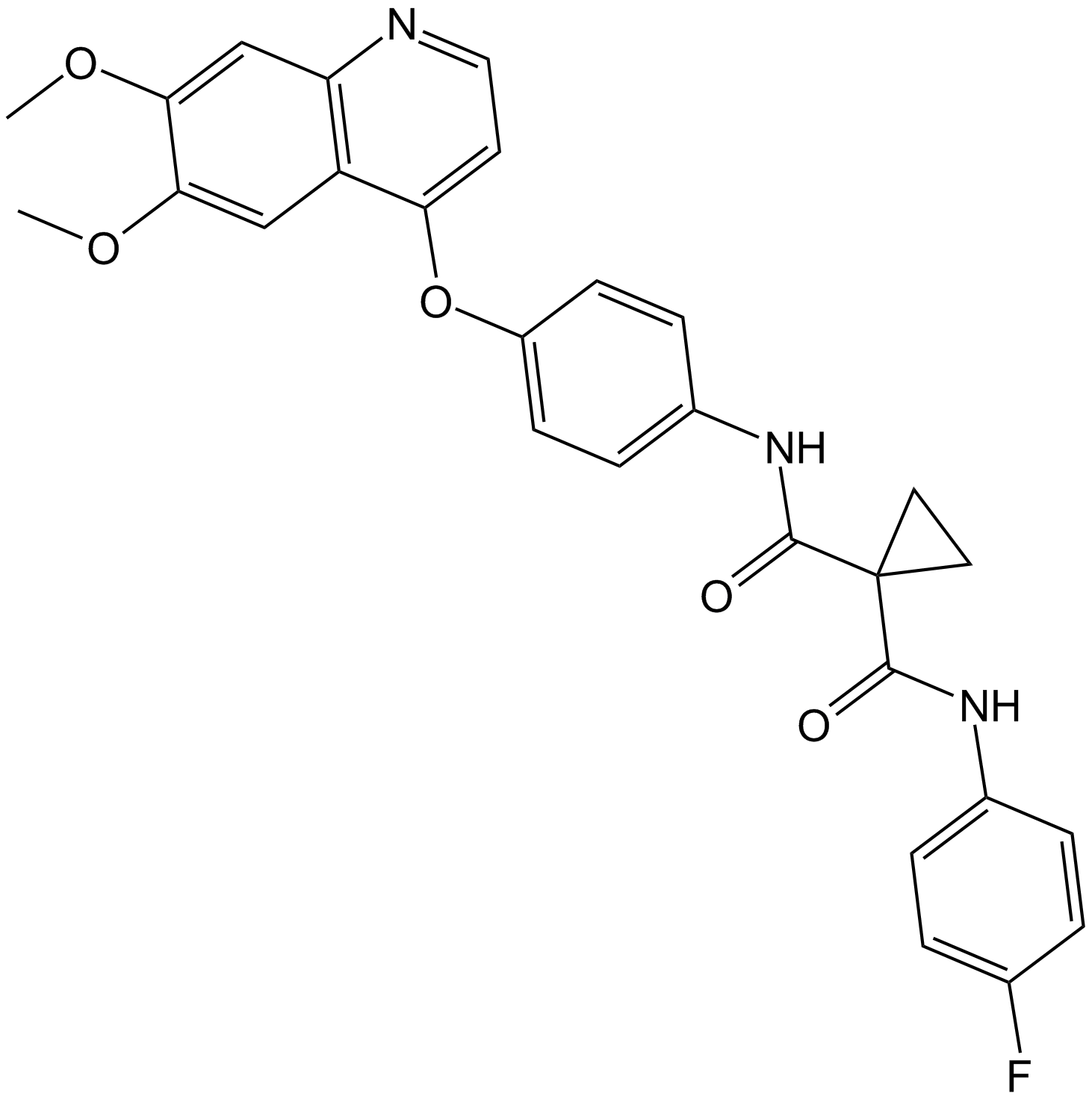
-
GC19102
CEP-40783
CEP-40783 is a potent, selective and orally available inhibitor of AXL and c-Met with IC50 values of 7 nM and 12 nM, respectively.
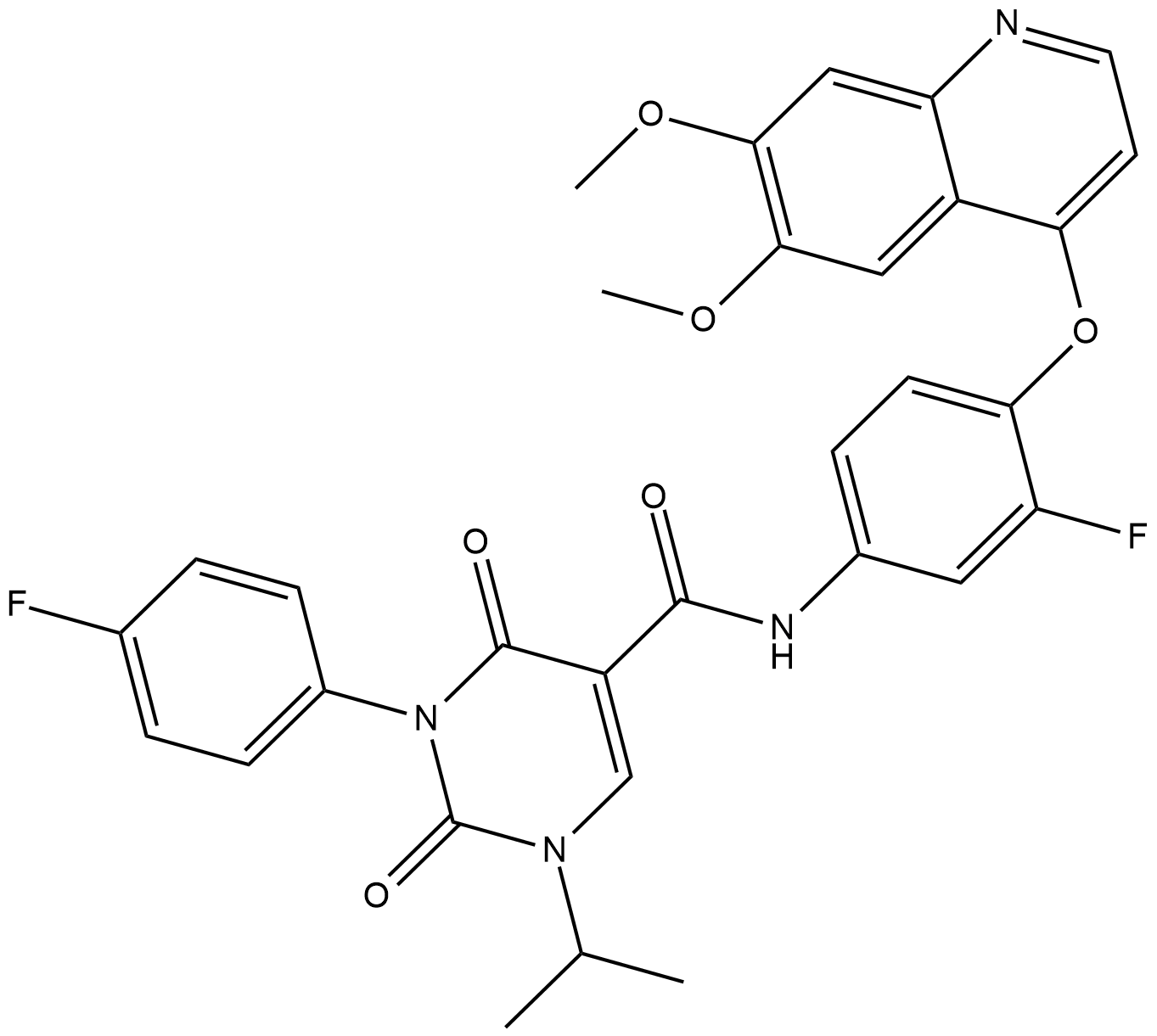
-
GC62597
DS-1205b free base
DS-1205b free base is a potent and selective inhibitor of AXL kinase, with an IC50 of 1.3 nM. DS-1205b free base also inhibits MER, MET, and TRKA, with IC50s of 63, 104, and 407 nM, respectively. DS-1205b free base can inhibit cell migration in vitro and tumor growth in vivo.
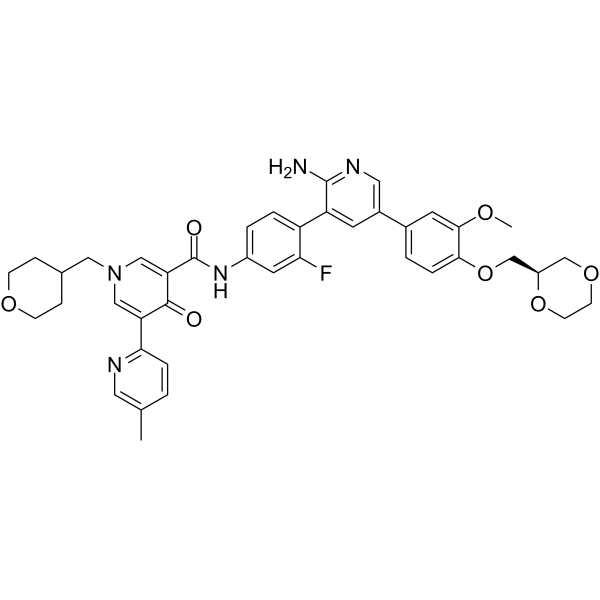
-
GC19482
Gilteritinib
Gilteritinib (ASP2215, Xospata) for relapsed and /or refractory AML (R/R AML).
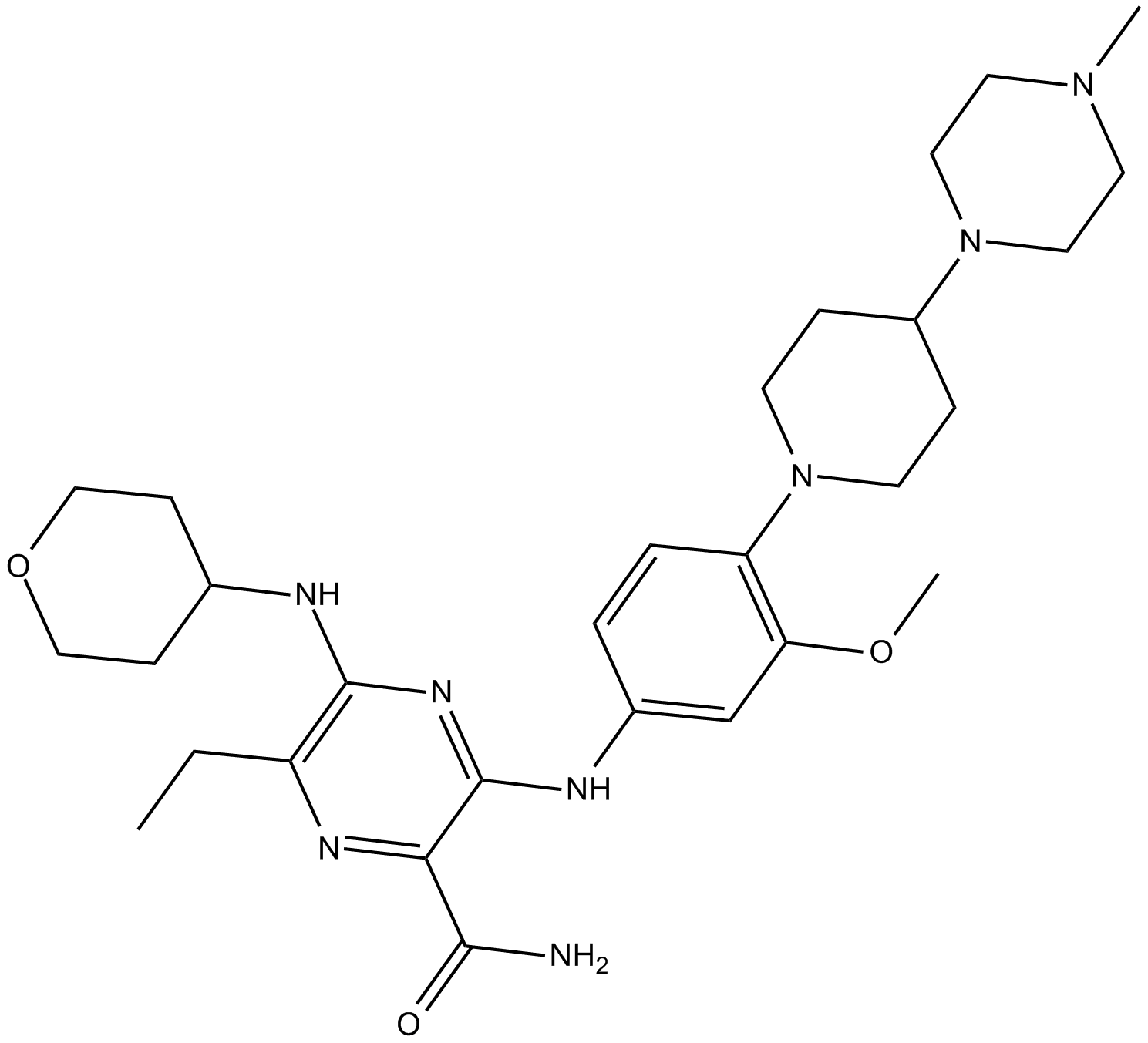
-
GC36135
Gilteritinib hemifumarate
Gilteritinib (ASP2215) hemifumarate is a potent and ATP-competitive FLT3/AXL inhibitor with IC50 of 0.29 nM/0.73 nM, respectively.
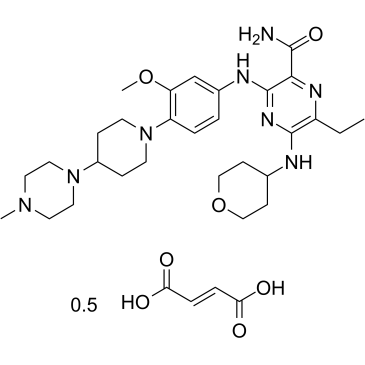
-
GC19166
Glesatinib hydrochloride
Glesatinib hydrochloride is an inhibitor of the MET and Axl receptor tyrosine kinase pathways, which drive tumour growth when altered.
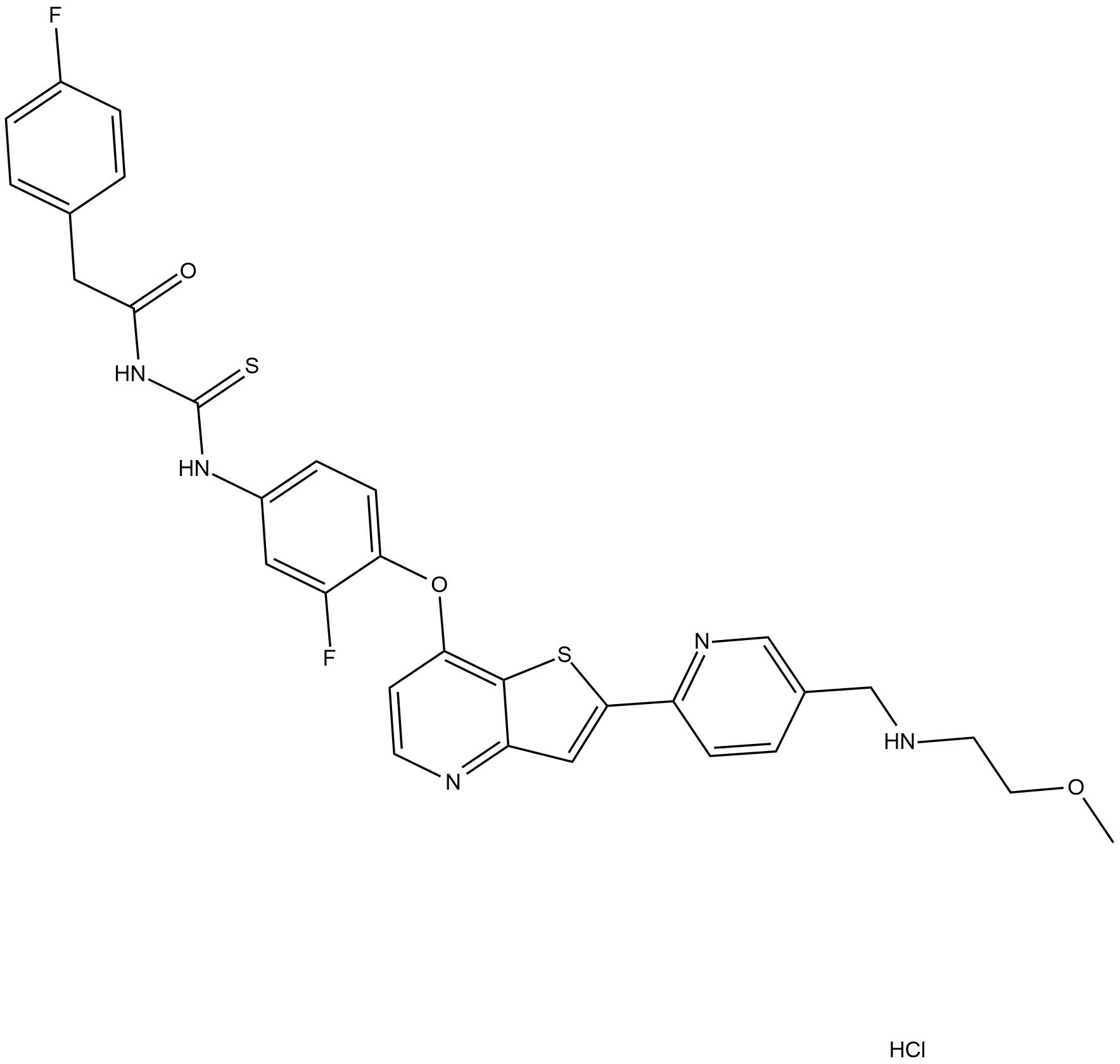
-
GC14241
LDC1267
TAM kinase inhibitor,highly selective
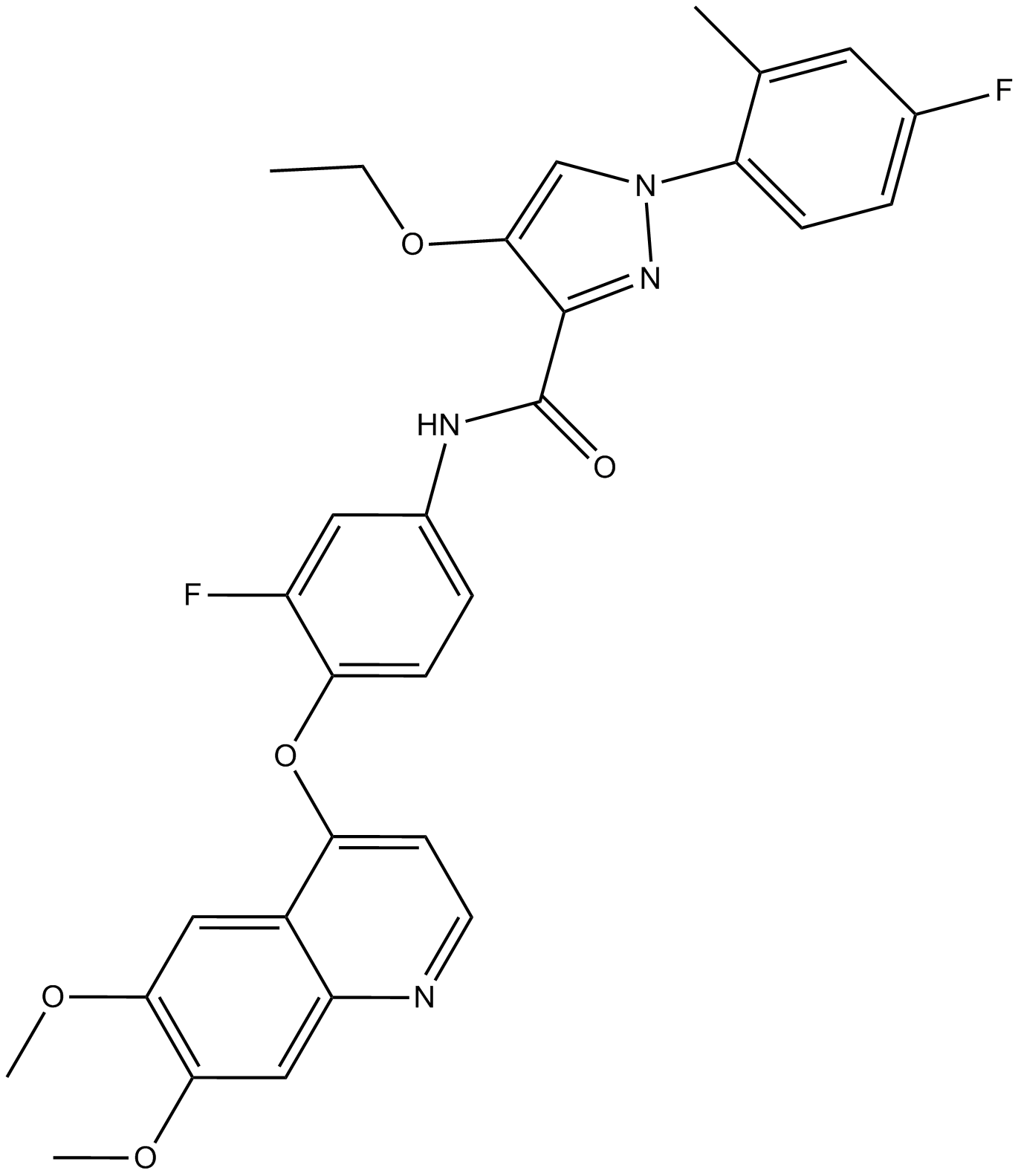
-
GC18211
Ningetinib
A multi-kinase inhibitor
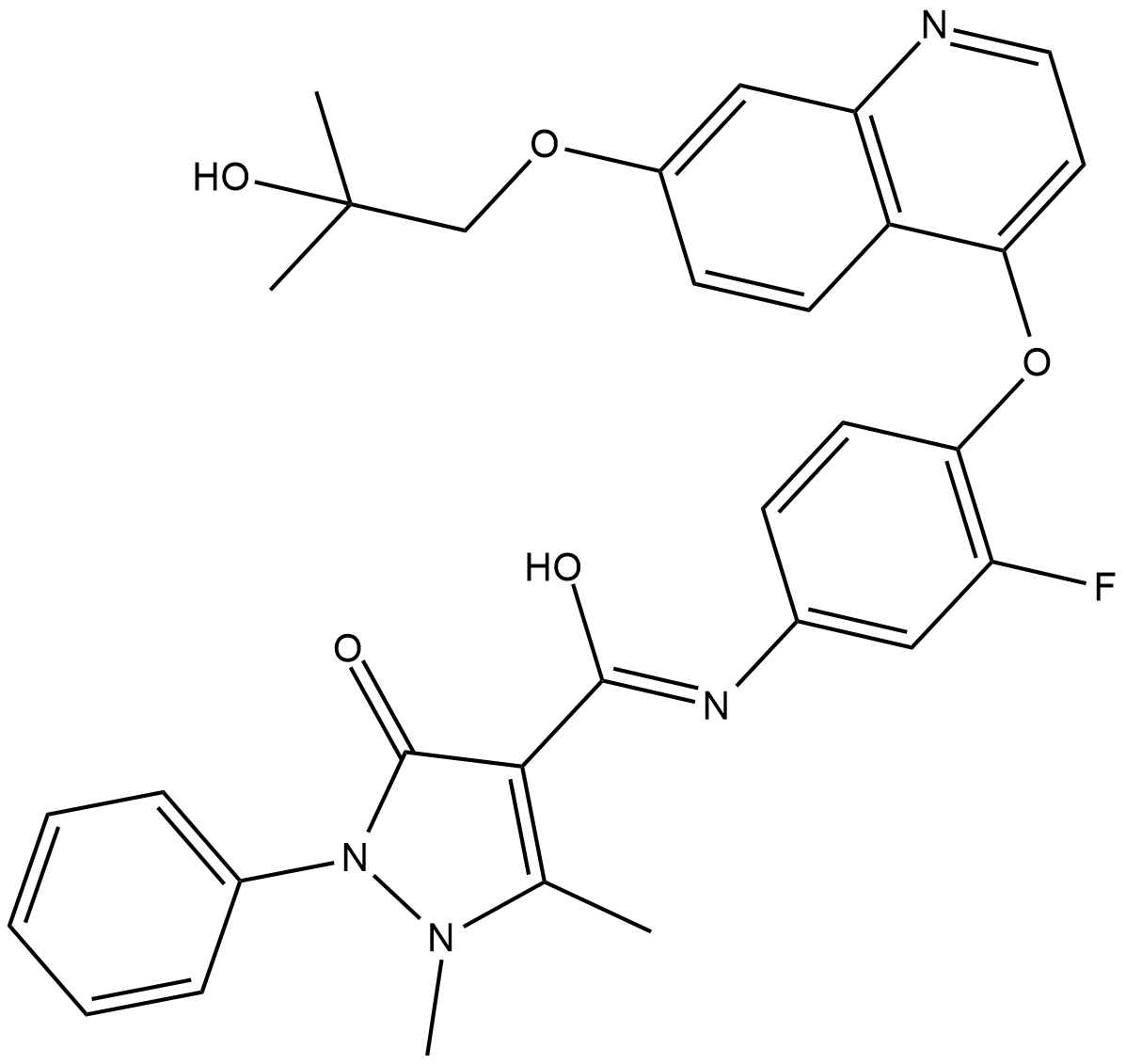
-
GC36744
Ningetinib Tosylate
Ningetinib Tosylate is a potent, orally bioavailable small molecule tyrosine kinase inhibitor (TKI) with IC50s of 6.7, 1.9 and <1.0 nM for c-Met, VEGFR2 and Axl, respectively.
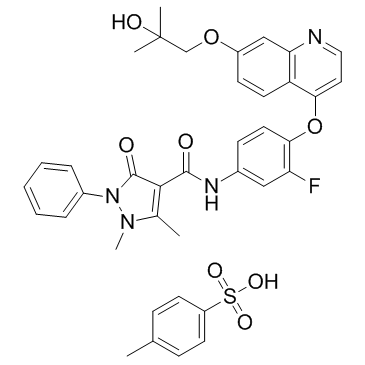
-
GC14488
NPS-1034
MET inhibitor
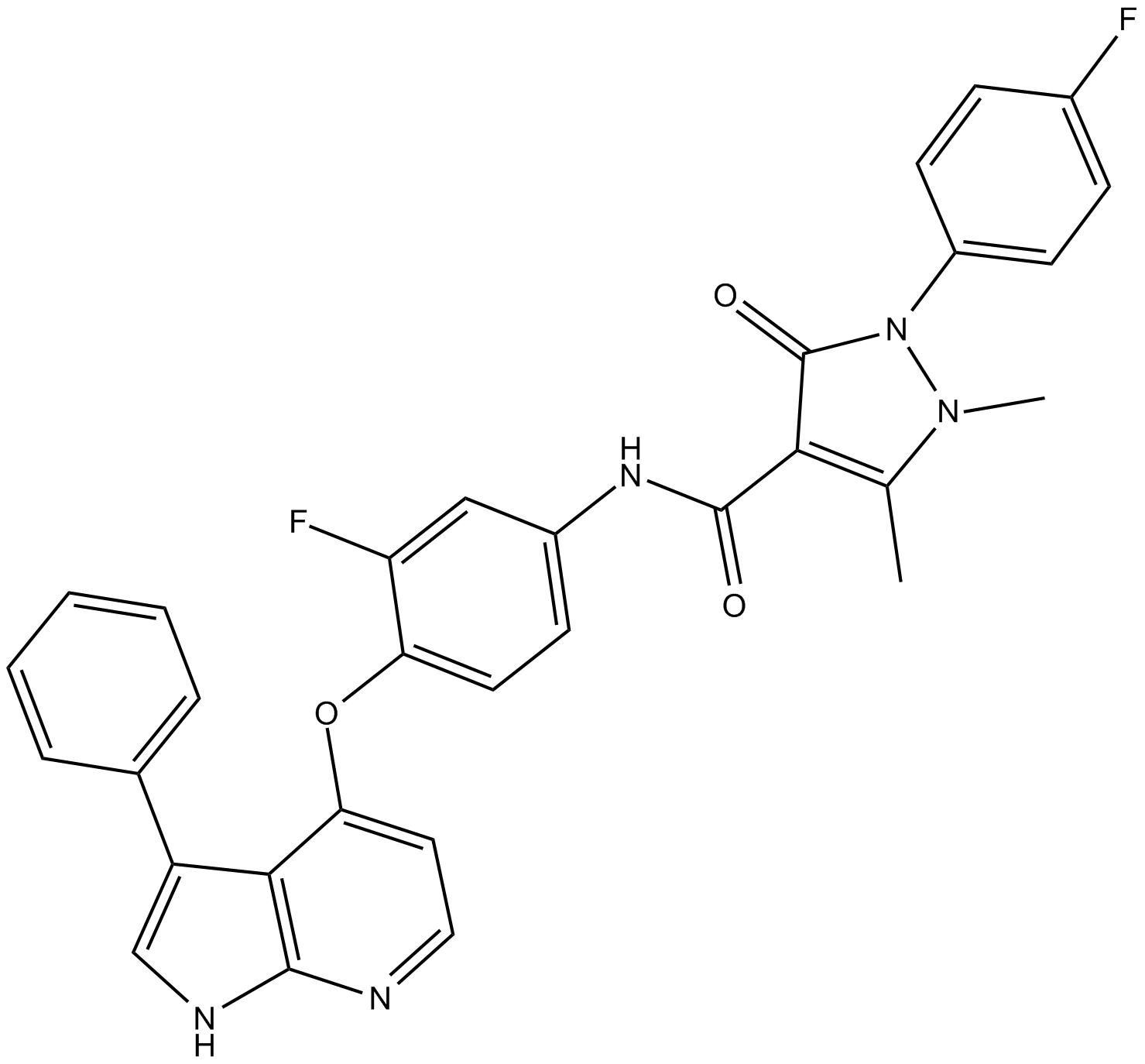
-
GC17618
R428
R428 (R428) is a potent and selective inhibitor of Axl with an IC50 of 14 nM.
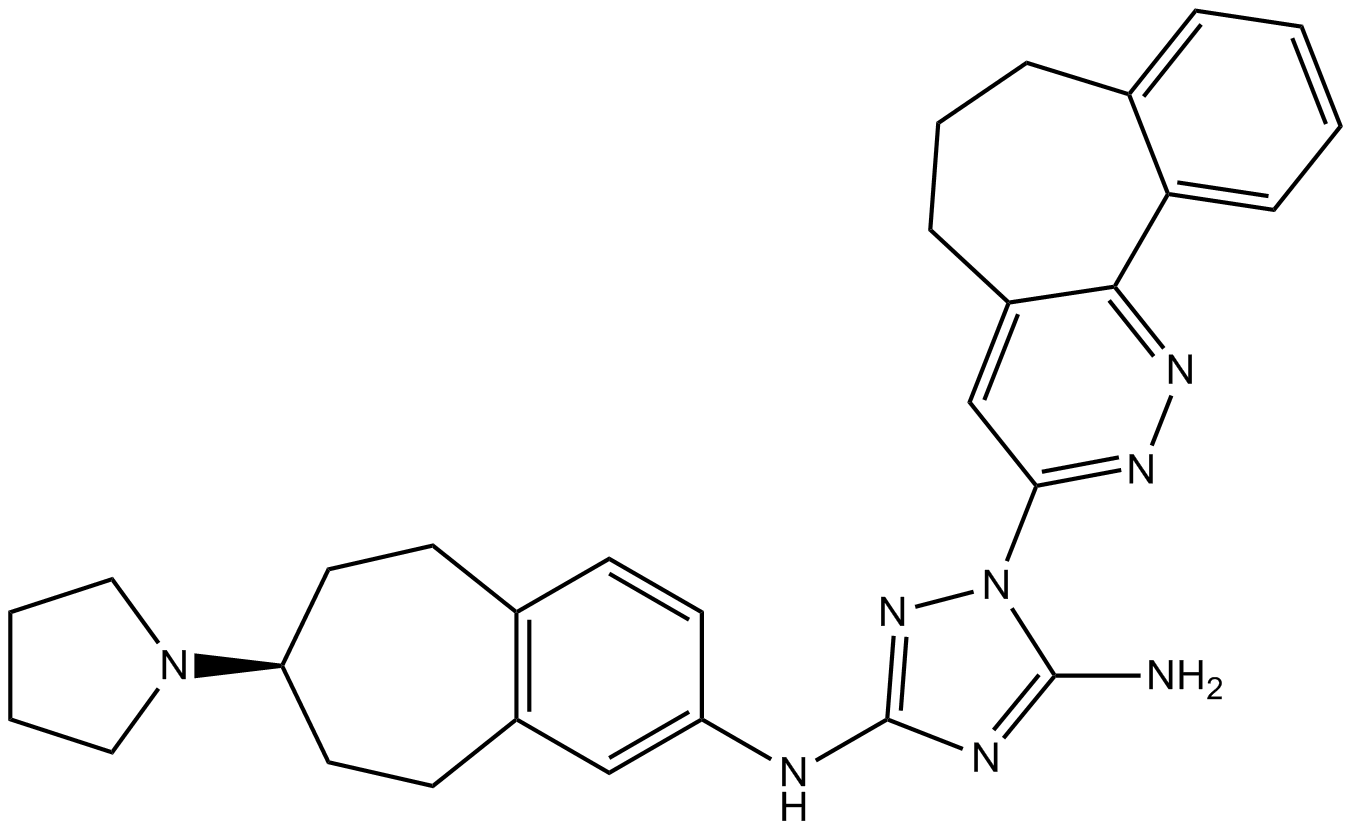
-
GC33271
R916562
R916562 is an orally active and selective Axl/VEGF-R2 inhibitor with IC50s of 136 nM and 24 nM, respectively. R916562 has anti-angiogenesis and anti-metastasis.
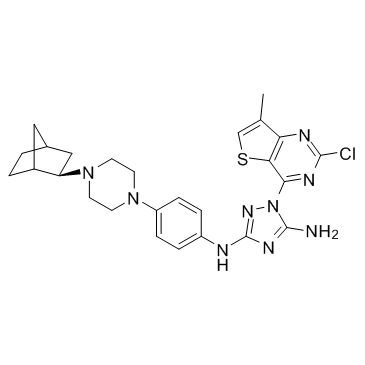
-
GC38580
RU-301
RU-301 is a pan TAM inhibitor that blocks Gas6-induced TAM activation and tumorigenicity.
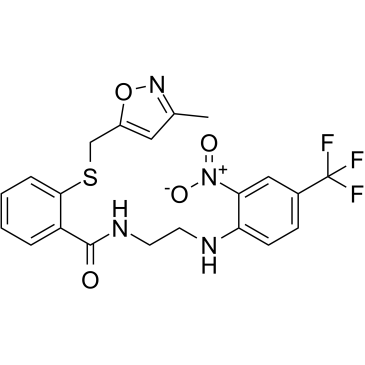
-
GC64385
RU-302
RU-302 is a pan TAM inhibitor that blocks the interface between the TAM Ig1 ectodomain and the Gas6 Lg domain. RU-302 effectively blocks Gas6-inducible Axl receptor activation with a low micromolar IC50in cell assays, and suppresses lung cancer tumor growth.
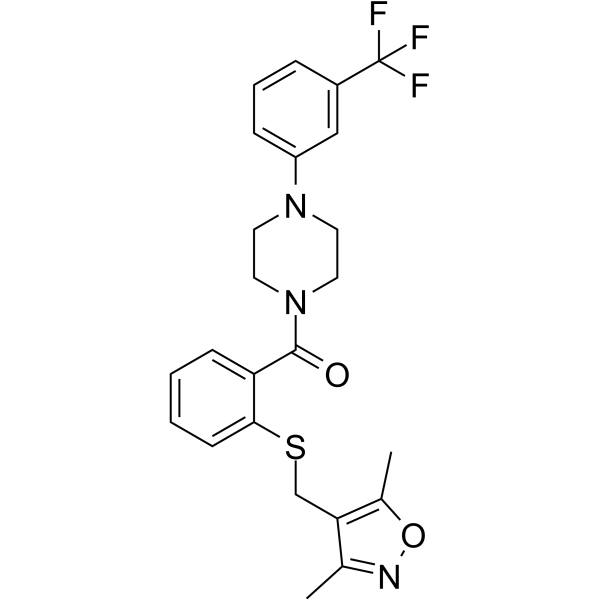
-
GC19330
SGI-7079
SGI-7079 is an Axl inhibitor, significantly inhibits the proliferation of SUM149 or KPL-4 cells with an IC50 of 0.43 or 0.16 uM, respectively.
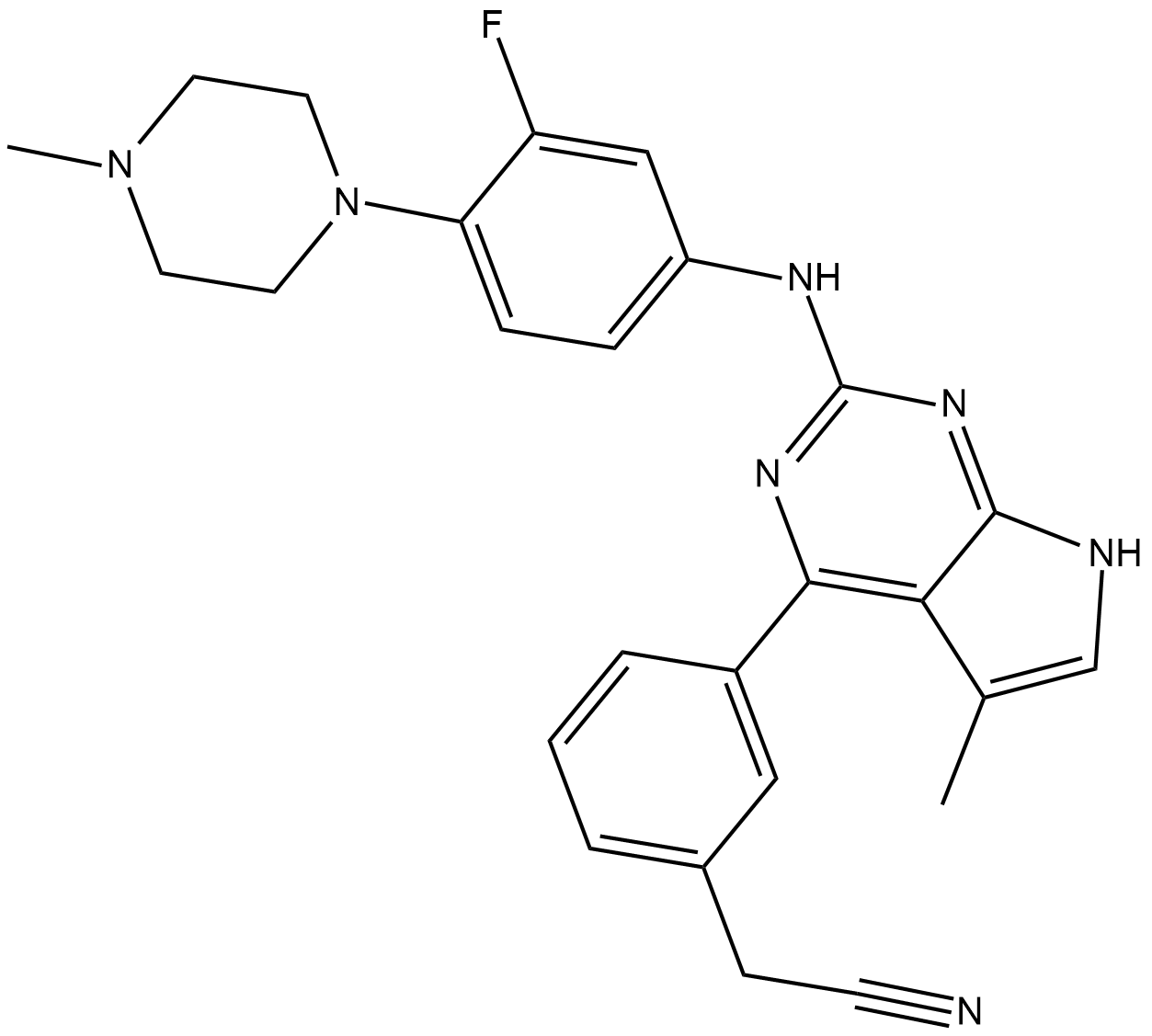
-
GC37733
TAM-IN-2
TAM-IN-2 is a TAM inhibitor extracted from patent US 20170275290 A1, pyrrolotriazine compound 0904.
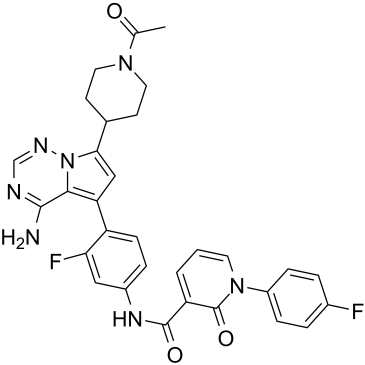
-
GC68342
Tilvestamab

-
GC67878
TL4830031

-
GC14218
TP-0903
TP-0903 (TP-0903) is a potent and selective Axl receptor tyrosine kinase inhibitor with an IC50 value of 27 nM.
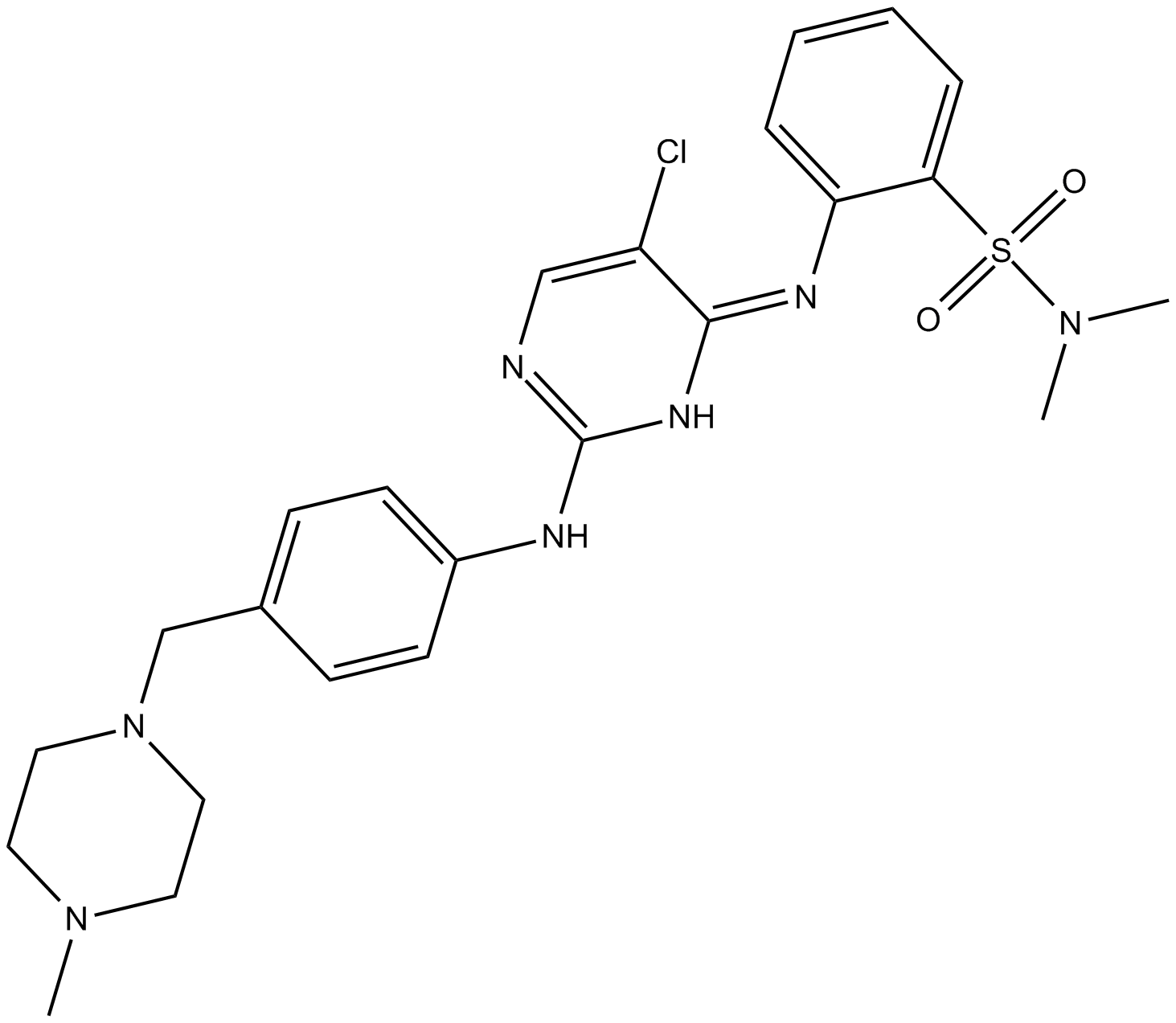
-
GC17793
UNC2250
Mer inhibitor,potent and selective
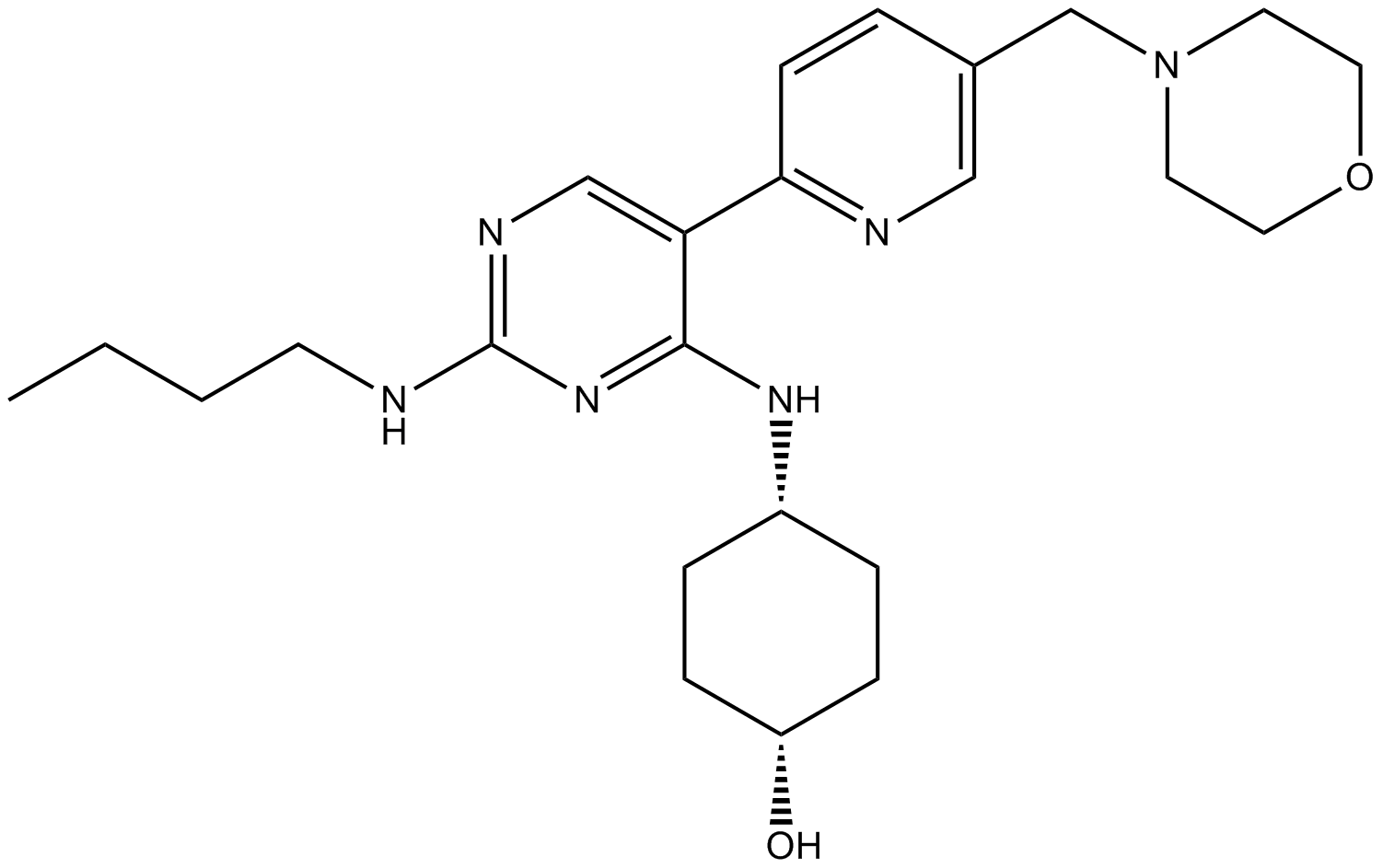
-
GC37858
UNC2541
UNC2541 is a potent and Mer tyrosine kinase (MerTK)-specific inhibitor, binds in the MerTK ATP pocket, with an IC50 of 4.4 nM, more selective over Axl, Tyro3 and Flt3.
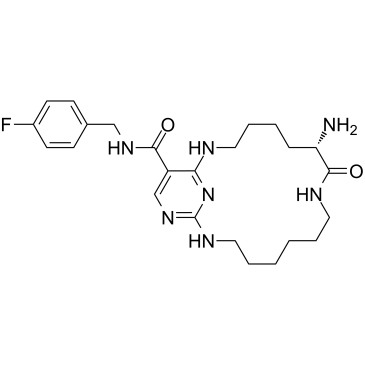
-
GC13500
UNC2881
Mer tyrosine kinase inhibitor
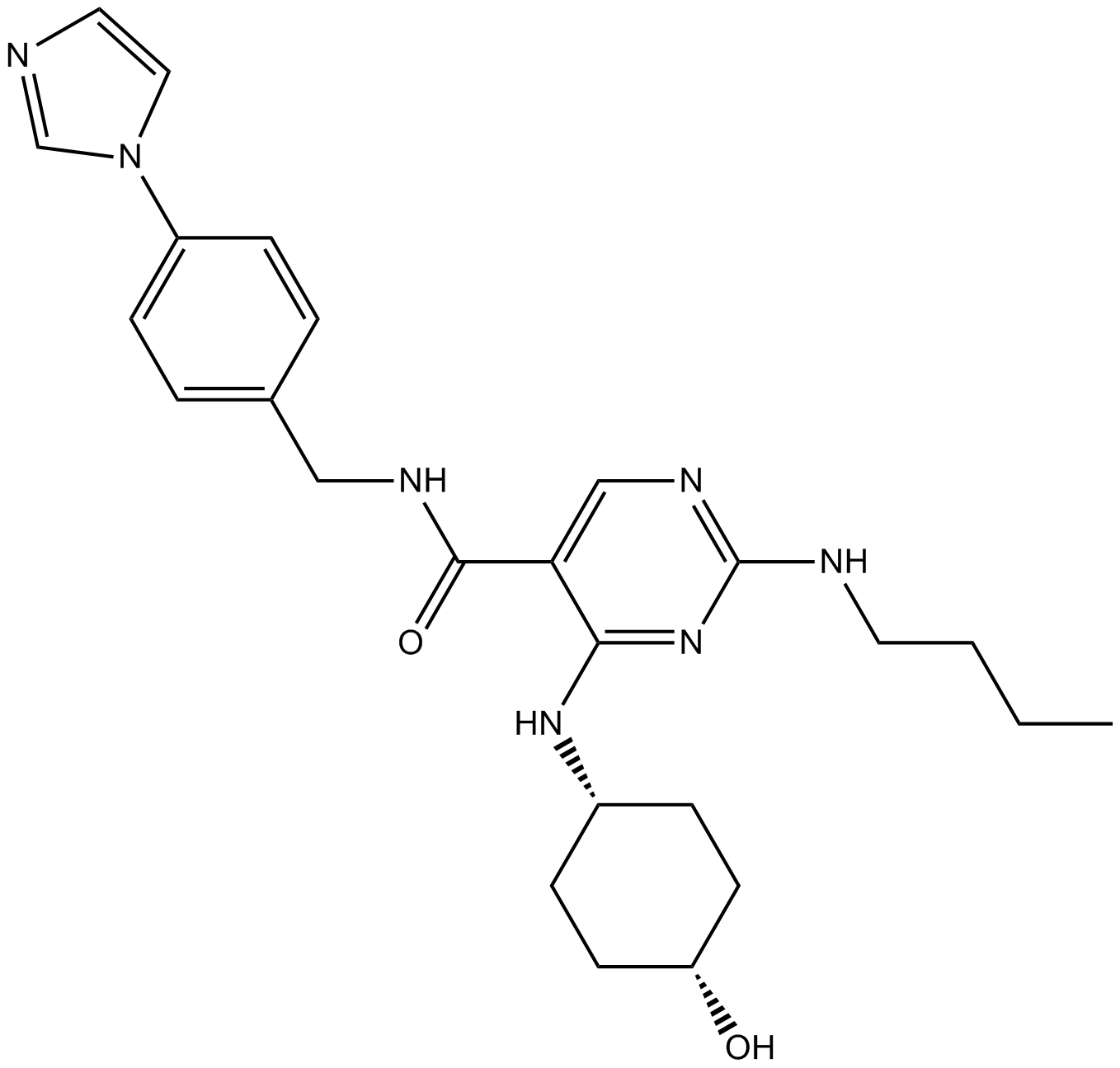
-
GC62516
UNC5293
UNC5293 is a MERTK-selective and potent inhibitor (Ki=190 pM). UNC5293 inhibits MERTK (IC50=0.9 nM) and is more selective over Axl, Tyro3 and Flt3. UNC5293 exhibits excellent mouse PK properties and is used for bone marrow leukemia research.
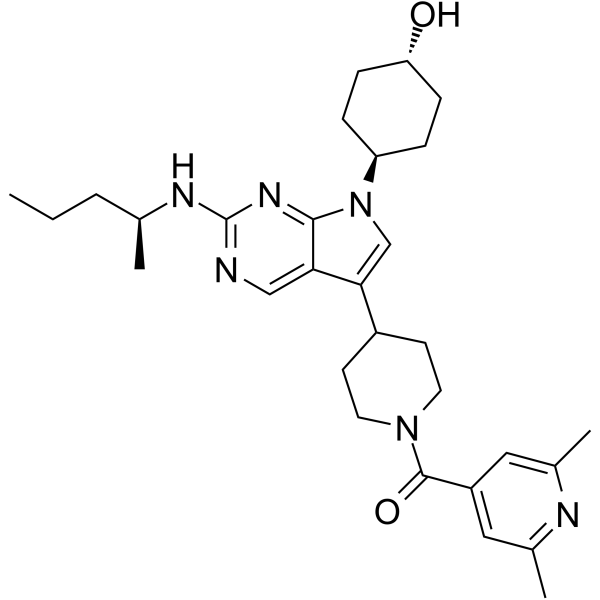
-
GC62266
XL092
XL092 is an orally active, ATP-competitive inhibitor of multiple receptor tyrosine kinases (RTKs) including MET, VEGFR2, AXL and MER, with IC50s in cell-based assays of 15 nM, 1.6 nM, 3.4 nM, 7.2 nM respectively. XL092 exhibits anti-tumor activity. XL092 has the potential for kinase-dependent diseases and conditions research.
